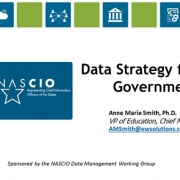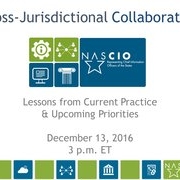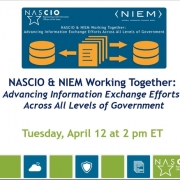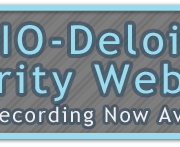Information Technology Investment Management (IT/IM) – What does it mean for state government?
Both industry and governments are challenged to find better, more effective and reliable ways to deliver services to consumers and citizens. Organizations must adapt to the challenges of technology complexity, regulations and change while delivering more for less. IT/IM integrates several methodologies to ensure the limited dollars invested in technology provide the best outcome possible. The state of Georgia will share their approach as well as provide a practical guide to IT/IM for others.
Presenter:
Tom Fruman
Director, Enterprise Governance and Planning
Georgia Technology Authority
State of Georgia
Tom Fruman is Director of Enterprise Governance and Planning (EGAP) for the Georgia Technology Authority. EGAP promotes an enterprise approach to technology by establishing statewide policies, standards and guidelines based on industry best practices and federal requirements. It works closely with the Governor’s Office of Planning and Budget and state agencies to ensure an individual agency’s IT strategy aligns with its overall business strategy and business continuity planning.
Prior to his current position, Fruman was the Director of Enterprise Portfolio Management, an office in EGAP that oversees technology investments for Georgia state government. In his almost 30-year career in technology management, he has worked in multiple capacities, including as a project executive, business development executive, consultant, researcher, worldwide deployment leader, project manager and programmer.
Host:
Eric Sweden, MBA, MSIH
Program Director, Enterprise Architecture & Governance
NASCIO
Files:
Download Presentation
Download Audio











